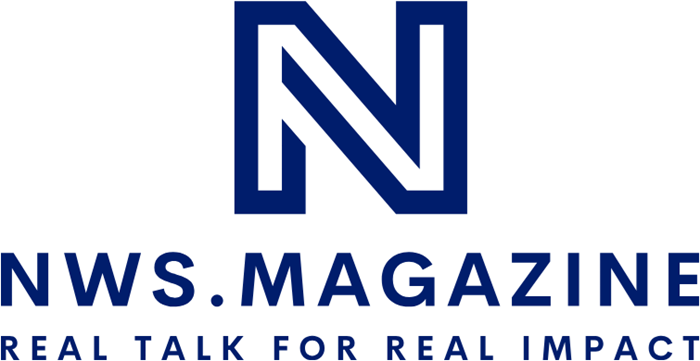Sometimes, all it takes is one image to grasp how intrusive AI has become — and how deeply it has embedded itself into our world and lives. But what happens when it becomes so common that we stop seeing it at all?
Once a buzzword, Artificial Intelligence is now quietly becoming the assumed default. From search engines and email filters to contract review and compliance tools — AI is no longer an add-on. It’s infrastructure. But what happens when a technology becomes so widespread that we stop noticing — and stop approaching it with intention?
From Feature to Foundation
In the early days, AI was a differentiator. Now, it’s turning into a baseline. Many enterprise tools — from CRM systems to legal research platforms — integrate AI as a standard component. This shift marks the move from AI as innovation to AI as infrastructure.
“In the future, AI won’t be a tool we use — it’ll be the ground we stand on.”
This development mirrors what happened with cloud computing: at first, a bold choice — now, the default. The same is happening with AI. It's becoming invisible — yet indispensable.
Legal Implications: Infrastructure Comes with Responsibility
When AI becomes foundational, legal exposure scales with it. Companies relying on AI-powered systems are not just using a tool — they’re building critical processes on top of probabilistic models. That raises questions:
- Who is accountable when the system “decides” something wrong?
- What transparency is required when AI is part of client-facing services?
- How do we audit systems that constantly learn and evolve?
Many compliance frameworks (like the EU AI Act or ISO 42001) already start from this premise: AI is not a gadget — it’s operational infrastructure, and it must be treated with the same care as any other core system.
Culture Shift: Trusting Invisible Intelligence
As AI moves into the background, users may stop questioning its presence. A legal team might use a contract analysis tool without realizing that it relies on large language models (LLMs). This creates a dangerous kind of automation bias — trusting outputs without understanding the source.
In regulated environments like law, finance, or healthcare, this can lead to violations, even if unintentionally. The more seamless the AI becomes, the more intentional governance needs to be.
AI Hygiene: Operating in an AI-Default World
If AI is now a foundational layer, organizations must build internal practices around it. Think of it as “AI hygiene” — a set of habits, checks, and policies that apply to AI usage across the board:
- Labeling: Clearly indicate when AI systems are used in client-facing interactions.
- Review loops: Human-in-the-loop checks for critical decisions.
- Documentation: Keep records of prompts, outputs, and changes in model behavior.
- Training: Educate teams on how to question and supervise AI systems.
Strategic Outlook: Not Optional Anymore
For legal teams, tech leaders, and compliance officers, the message is clear: AI is not a future consideration — it's a present foundation. And with foundational technologies, the legal standard is always higher.
Whether building internal tools, buying SaaS platforms, or launching client services, organizations must assume: AI is part of the system — and therefore part of the risk.
In fact, the question is no longer whether AI needs oversight — but what that oversight should look like. Just as cybersecurity led to the rise of dedicated roles and committees, AI will demand its own governance structures. Within the next five years, most organizations operating in regulated environments will require some form of AI Compliance Board — a cross-functional body tasked with monitoring risks, ensuring transparency, and aligning AI use with legal and ethical standards.
Conclusion
AI is everywhere. That’s both powerful and dangerous. When a technology becomes invisible, it also becomes harder to challenge — and easier to trust blindly. But in law and compliance, blind trust is never an option.
The safest strategic stance: Treat AI like infrastructure — not magic. Govern it accordingly.
Further Reading & Sources
- European approach to artificial intelligence
- The EU Artificial Intelligence Act – Up-to-date developments and analyses of the EU AI Act
- ISO/IEC 42001:2023 – Information technology — Artificial intelligence — Management system
- Benedict Evans – Essays on Technology and AI
Image credit: Blackboard – Shutterstock

